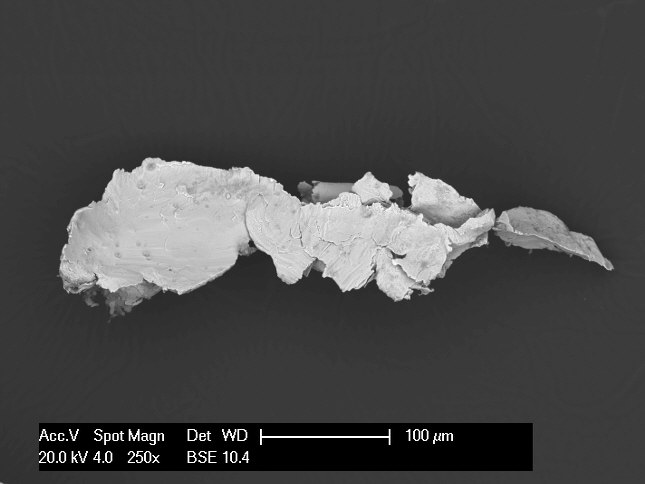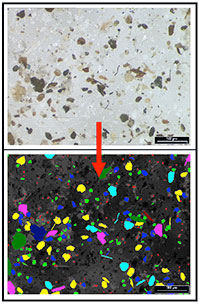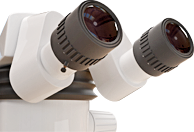Dust Particle Identification & Analysis Services
 Understanding and identifying dust particles can be needed for many reasons. You might be worried about the health and safety of your workers, or concerned about contamination of your products, or for regulatory authorities looking for evidence for cleanroom or healthcare products. LPD Lab Services has many years of experience in the analysis of dust to provide information on its composition. This can often give useful insight into the origin, and help in the elimination or treatment of the source of the dust.
Understanding and identifying dust particles can be needed for many reasons. You might be worried about the health and safety of your workers, or concerned about contamination of your products, or for regulatory authorities looking for evidence for cleanroom or healthcare products. LPD Lab Services has many years of experience in the analysis of dust to provide information on its composition. This can often give useful insight into the origin, and help in the elimination or treatment of the source of the dust.
The aim of dust particle identification analysis is to gain additional information other than size and volume about dust samples. It will also to identify or characterise specific microscopic and microstructure contaminants that can be then controlled or removed from components or manufacturing processes.
LPD has a wide range of techniques that can be used these include:
- Optical Microscopy at high magnification can be used to make an assessment of the composition of the dust sample.
- SEM / EDX can be used to give information on the dust and debris particle shape, size and composition.
- X-Ray Fluoresce (XRF), Atomic Absorption Spectroscopy (AAS) and ICP-MS gives an accurate analysis on the dust composition and levels of trace metals down to parts per billion.
- Ion Chromatography for analysis of soluble species such as chlorides, nitrates, phosphates and sulphates.

The links below provide an illustrative list of example pieces of work LPD Lab Services has carried out since it began doing 3rd Party work in 2003. Multiple links are provided to other areas of the website to help customers navigate.
- Establish source of dust problem
- Dust pareto of constituents to establish a priority for tackling the sources
- Average composition of dust material by semiquantitative XRF.
- Quantification of hazardous components in airbourne dust by air sampling and XRF.
- Identification of individual components in dust by SEM / EDX.
- Dust particle size / shape measurement by optical microscopy or SEM with image analysis.
- Determination of fibre types in dust by optical microscopy and SEM.
- SEM / EDX Automated Particle Characterisation and Analysis.
LPD Lab Services have typically seen dust particles in regulated industries like aerospace, cleanroom, pharmaceutical, medical device and food but have also supported clients in automotive, chemicals, engineering, environmental and building materials.

